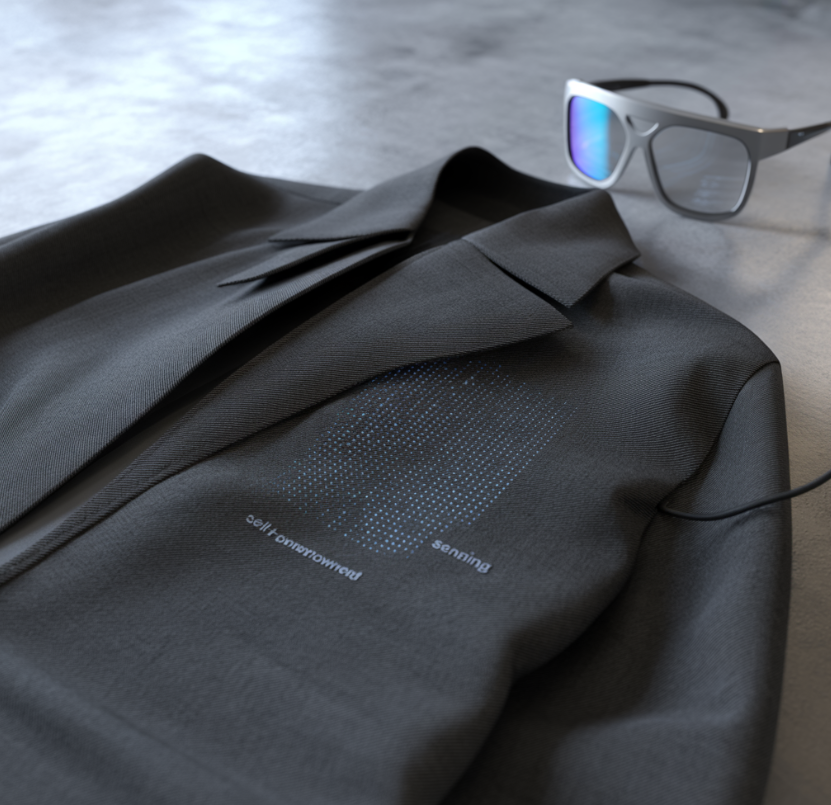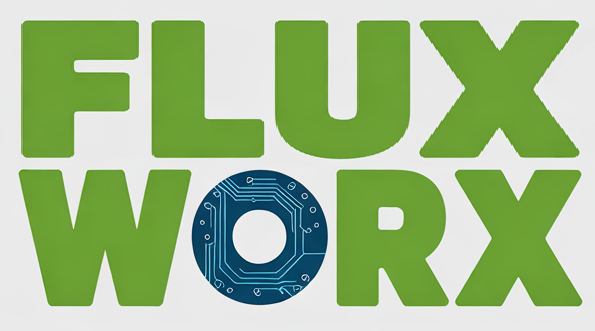
🪶 Nano-Scale Energy Harvesting for IoT
The promise of the Internet of Things (IoT) has always been a web of sensors, devices, and wearables seamlessly integrated into daily life, silently gathering data and powering decisions. Yet in practice, IoT’s progress often collides with one stubborn problem: power. How do you keep billions of tiny devices running when each one depends on a finite, failure-prone battery?
The Magnetic Diode offers a compelling answer. Acting as a one-way valve for magnetic flux, it enables energy harvesting in regimes previously considered impractical. By selectively channeling background magnetic noise or motion-induced fields into microscopic coils, the diode transforms ambient flux into a stable, usable current — without draining power to fight unwanted losses.
🌍 The Challenge Today
Instead of fighting magnetic fields with high current inputs, a magnetic diode steers them with minimal energy overhead
- Battery dependence: Every remote sensor, wearable, or implanted monitor demands recharging or replacement, creating maintenance burdens and environmental waste.
- Scale problem: Powering millions of distributed devices requires either extensive cabling or a logistics chain of disposable batteries. Both undermine the elegance of IoT.
- Noise vs. signal: Environmental magnetic fields are everywhere — from machinery, vehicles, and even clothing in motion. Yet traditional harvesters struggle to capture this energy efficiently without wasting it in counter-flux losses.
Institutions leading in IoT research know this barrier well: prototypes flourish in the lab but stumble in deployment. The bottleneck is power resilience.
⚡ Magnetic Diodes as Energy Gatekeepers
The diode changes the equation by making flux behave like a controllable current.
- One-way flux routing: Instead of letting motion-induced or environmental magnetic fields dissipate, the diode channels them cleanly into nano-coils or thin-film harvesters.
- Low input, high yield: Because the diode does not waste energy resisting or flipping fields, harvested energy is maximized, even at extremely small scales.
- Selective capture: Background “noise” becomes a usable feedstock, filtered and guided instead of ignored.
🧬 Practical Horizons
Imagine the possibilities:
- 👕 Wearable Health Monitors: Shirts that power heart-rate or hydration sensors, eliminating the need for charging ports.
- 🏙 Smart Infrastructure: Bridges or tunnels dotted with wireless strain gauges, harvesting ambient magnetic signatures from passing vehicles.
- 🌾 Remote Environmental Nodes: Soil-moisture monitors in agricultural fields, powered by subtle motion of wind-induced structures or nearby farm equipment.
- 🎧 Consumer AR/VR Devices: Head-up glasses that sip energy from the motion of their own wearers, or from nearby electromagnetic fields.
Each represents a step toward maintenance-free IoT, where devices can be deployed and forgotten, yet remain alive and reporting for years.
🎓 Why Institutions Should Care
For a technical university or research center, contributing to a world-first Magnetic Diode project means more than validating a new device. It is an opportunity to anchor the next wave of IoT evolution.
- 🌟 Peer recognition: Demonstrating a working nano-scale harvester powered by diodes would be a headline result, instantly visible across global research circles.
- 🏅 Reputation growth: Institutions that show they can bridge theory and real-world energy capture will find themselves positioned as leaders not only in IoT but in sustainable engineering.
- 📈 Funding leverage: Industry partners and grant agencies are seeking viable paths to “battery-free IoT.” Backing a diode-based approach shows boldness and technical foresight.
The academic prestige of being first in this field is matched only by the societal impact. A technology that scales down into clothing or up into city infrastructure is precisely the kind of “big-impact, small-footprint” innovation that defines modern institutional leadership.
🌅 A Future Closer Than Imagined
The future of IoT has long been delayed by the humble battery. Magnetic diodes change that — by turning waste fields into useful current, they push the boundary of what micro-devices can achieve. This is not speculative science fiction but a new materials platform ready to be shaped, modeled, and scaled.
To be part of its development is to be part of the team that proved the impossible: IoT without batteries, power without compromise, progress without waste.
That is a future worth belonging to. A future brighter with Magnetic Diodes.
